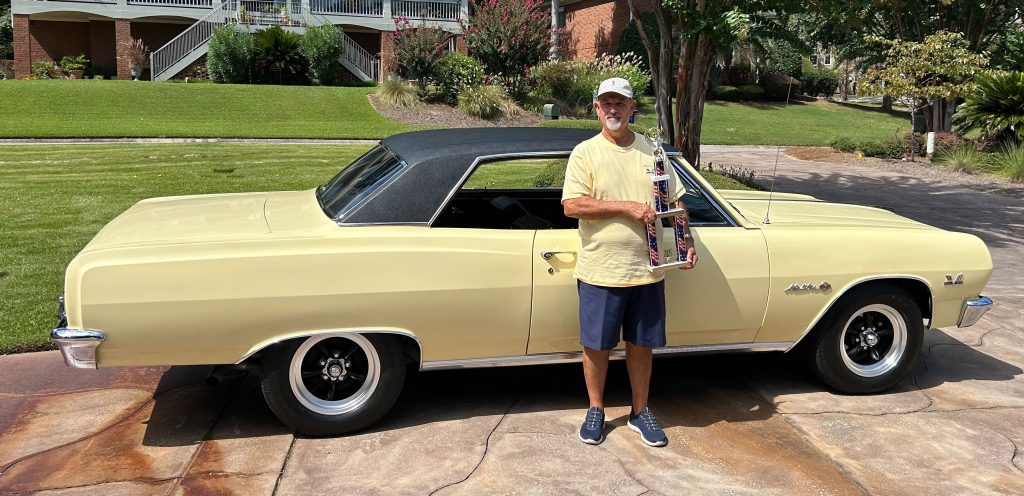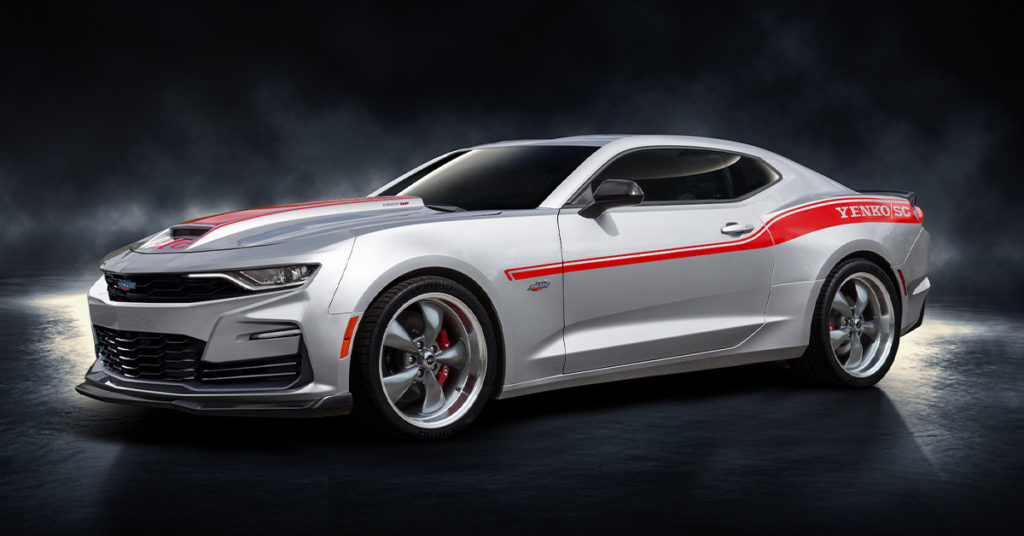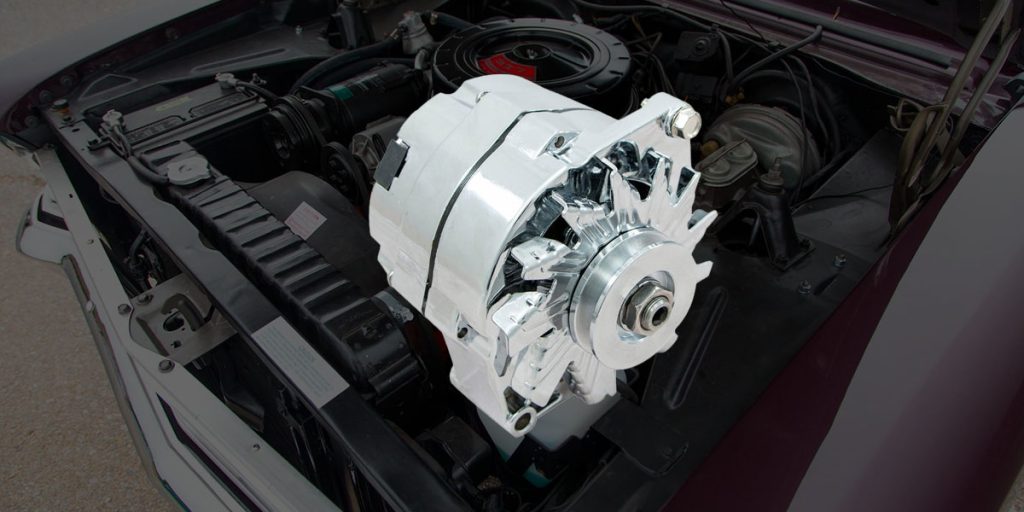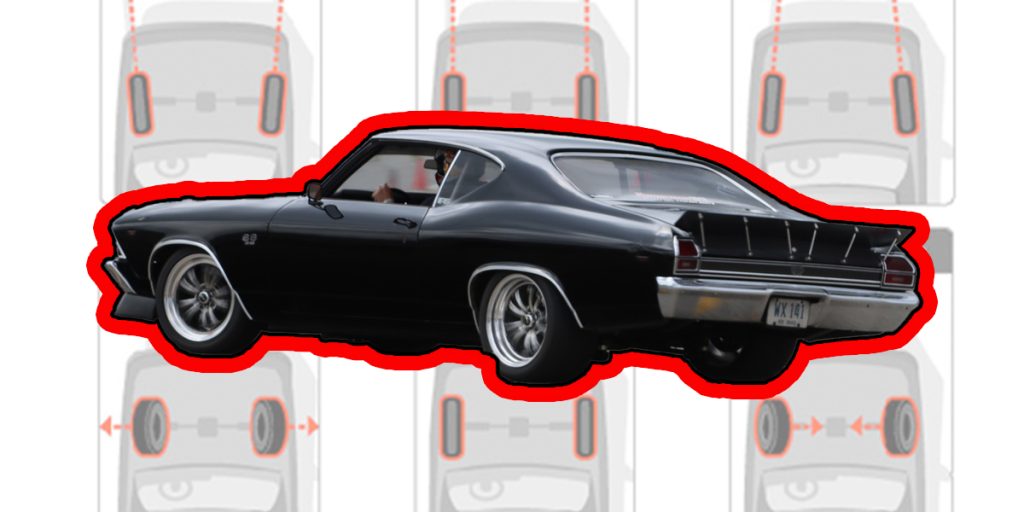
Charlie M’s 1965 Chevrolet Chevelle Z16 Tribute
Charlie’s 1965 Chevelle was originally born in the Kansas City factory and delivered to Portland, Oregon, as an SS 327 with a bench seat and

Its origins began as a competitor to the Mustang, surviving the end of the muscle car era and also through the Oil Crisis of the ’70s. It dove into the performance revival of the 1980s and the tech boom of the 1990s, meeting an untimely death in the early 2000s. The Camaro had been able to survive for as long as it did by adapting to the changing automotive industry. After the reintroduction of the fifth-generation Camaro in 2010, the model continues to push the boundaries of Chevrolet’s performance abilities even today.
Below you’ll find a brief introduction to each Camaro generation and links to information specific to each individual year:
With the Ford Mustang already eating up the new pony car market, Chevrolet announced its rebuttal on September 26th, 1966, taking just two years to get the Camaro from design to dealership. A wide range of available factory options made the Camaro highly customizable, which enabled it to succeed in the new personal coupe market that the Mustang had taken by storm.
This first Camaro generation would take to the streets and the tracks with its Super Sport and Z/28 packages respectively. The Z/28 was dominant in the SCCA Trans Am racing series against its rival the Mustang Boss 302. This new pony car would mark the beginning of a whole new era of American muscle car icons.
1970 saw the introduction of the all new Second Generation Camaro. The 1st generation Camaro (1967 – 1969) was seen as a hasty response to the Ford Mustang. It was considered a compromise by some critics. There would be no compromises with this car.
This Camaro generation would go on to set sales records during the 1970s, finally surpassing the Mustang in popularity. While other personal coupes went on to disappear from production during the decade, the Camaro held on. Despite the declining performance of the times, Chevrolet had a winner that would run for 12 years.
After proving its worth in the muscle car market from 1967 through the early ’80s, the Camaro transitioned into its third generation in 1982. This was the generation that Chevrolet first fitted its Camaro model with factory fuel injection, a four-cylinder engine and a hatch-back rear end configuration along with a completely redesigned chassis. It would be the first time the Camaro did not have a front subframe or rear leaf spring suspension.
A 5-Speed manual transmission in 1983 was another first for this generation, as was the return of the 350 small block in 1987. A new performance model, the IROC-Z, debuted in 1985, named after the International Race of Champions. The new Camaro was an embodiment of its era and becoming more of a sports car than a muscle car. The third-generation Camaro continued for the next decade before it would be replaced.

Following the success of the third generation, in 1993 it was time once again for Chevrolet to roll out a new Camaro. The most significant changes to the F-body platform during this time were the switch to the new LT and later LS series small blocks that GM had developed. However, by 2002 lagging interest and sales forced GM to discontinue the Camaro.
By the late 00’s renewed interest brought the Camaro back from the grave for its fifth and sixth generations and into the modern era of high performance muscle cars, joining its rivals Mustang and Challenger. With each year, Chevrolet would continue to push the boundaries of performance and evolve the Camaro further.
While Ground Up does have some items listed for late model 4th through 6th generation Camaros, they are not currently one of our primary focuses. Stay tuned for additional information regarding fourth-generation 1993-2002, fifth-generation 2010-2015 & sixth-generation 2016+ Camaros in the future.

Charlie’s 1965 Chevelle was originally born in the Kansas City factory and delivered to Portland, Oregon, as an SS 327 with a bench seat and

From Generator to Alternator on ’60s & ’70s GM Vehicles Before using alternators, in the 1950s and early 1960s, GM vehicles used DC generators (often

A-Arms, Roll Center, Camber Gain, and How to Improve Them Suspension geometry is one of the most misunderstood and most important parts of how a